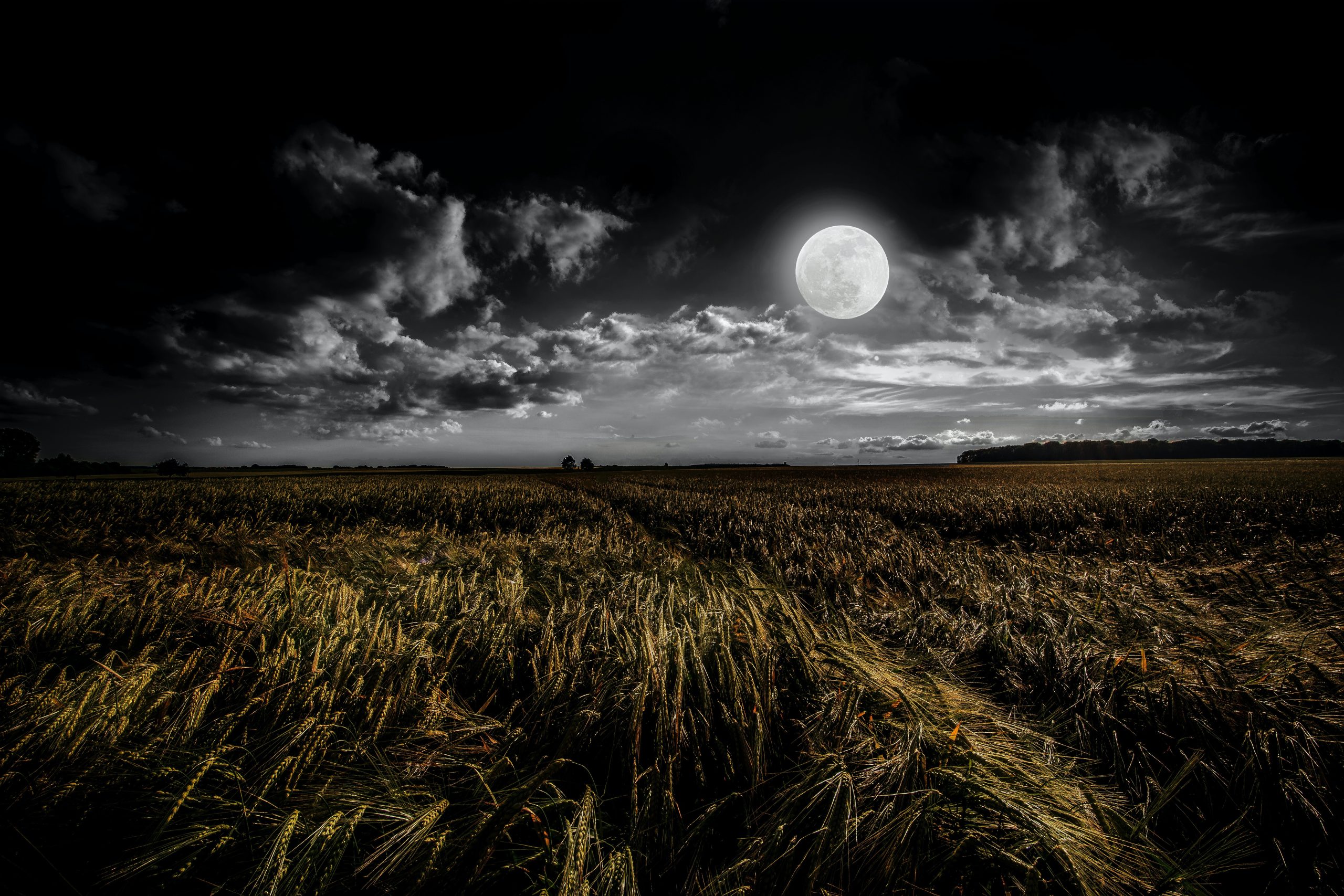The Secret Language of Alchemy: The Forgotten Art of Alchemical Symbolism
Alchemy, the ancient precursor to modern chemistry, has captivated minds for centuries with its pursuit of transmutation and immortality. While many people are familiar with basic alchemical concepts such as the Philosopher’s Stone and the search for the Elixir of Life, few are aware of the intricate symbolism that permeated every aspect of this esoteric practice.
In this article, we delve deep into the realm of alchemical symbolism, exploring its origins, purpose, and the hidden meanings behind some of the most enigmatic symbols used by alchemists throughout history.
The Origins of Alchemical Symbolism
Alchemical symbolism emerged alongside the development of alchemy itself, with its roots stretching back to Ancient Egypt and Mesopotamia. These early alchemists sought to understand the natural world and believed that all matter was composed of various elements, each associated with specific qualities and properties. To communicate these ideas and concepts in a concise and easily understandable manner, alchemists began using symbolic representations.
The Language of Elements
The four classical elements—earth, air, fire, and water—play a central role in alchemical symbolism. Each element represents a fundamental aspect of the physical and spiritual world. Earth symbolizes stability, practicality, and endurance, while air signifies intellect, communication, and freedom. Fire embodies passion, transformation, and purification, and water represents emotions, intuition, and purification.
Alchemists used specific symbols to represent each element, creating a visual language that conveyed nuanced meanings and associations. For example, the symbol for earth is an upside-down triangle, which represents stability as it is firmly grounded. In contrast, air is represented by an upright triangle, symbolizing its upward movement and connection to the heavens.
By combining these elemental symbols, alchemists could express complex concepts, such as the interaction between different elements or the transformation of one element into another.
The Language of Planetary Influences
Another key aspect of alchemical symbolism is the association between the planets in our solar system and the seven metals: gold, silver, copper, iron, mercury, lead, and tin. Alchemists believed that these metals were not merely physical substances but held hidden properties and qualities influenced by the stars.
Each metal was assigned a planetary ruler, and the characteristics of that planet were believed to imbue the metal with specific attributes. For example, gold, associated with the Sun, symbolized enlightenment, spiritual purity, and perfection. Silver, linked to the Moon, represented mystery, intuition, and feminine energy.
To represent these metals and their associated planets, alchemists used a combination of textual descriptions and visual symbols. These symbols often depicted the astrological sign for the corresponding planet alongside other identifying motifs, creating a unique language that bridged the realms of alchemy and astrology.
Decoding Alchemical Symbols
Alchemical symbols were designed to convey multiple layers of meaning, with each element meticulously chosen to represent various aspects of the alchemical process. By decoding these symbols, we gain insight into the philosophies, techniques, and goals of the ancient alchemists.
The Magnum Opus: The Great Work
One of the most famous alchemical symbols is the Ouroboros, a serpent or dragon devouring its own tail. This symbol represents the concept of the Magnum Opus, or Great Work, which encompasses the entire alchemical process—both physical and spiritual.
The Ouroboros symbolizes the cyclical nature of creation and destruction, depicting the eternal cycle of life and death. It also serves as a reminder of the alchemist’s ultimate goal: to achieve self-transformation and enlightenment.
The Philosopher’s Stone
The Philosopher’s Stone, a legendary substance believed to grant immortality and the power of transmutation, is another iconic alchemical symbol. Represented by a small, solid black or red stone, the Philosopher’s Stone epitomizes the pinnacle of the alchemist’s quest.
However, the Philosopher’s Stone is more than just a physical object. It represents the culmination of the alchemical process, embodying both the divine and the earthly, the masculine and the feminine. It symbolizes the power of transformation and the unification of opposing forces.
The Three Stages of Alchemical Transformation
Alchemical symbolism often revolves around the triptych of nigredo, albedo, and rubedo—the three stages of the alchemical process. Nigredo, represented by a black crow, symbolizes putrefaction, decomposition, and the darkest aspects of the human psyche. Albedo, symbolized by a white swan, signifies purification, clarity, and the emergence of spiritual insight. Finally, rubedo, depicted by a red phoenix, represents the rebirth, transformation, and ultimate goal of the alchemical process.
These stages reflect the alchemist’s journey towards self-realization and the purification of the soul, mirroring the cycles of nature and the broader cosmos.
The Legacy of Alchemical Symbolism
While alchemy as a scientific pursuit has been largely abandoned, the symbolism it created continues to captivate and inspire. Today, alchemical symbols can be found in various forms, from mystical artworks to tattoo designs, serving as a bridge between the physical and spiritual realms.
Moreover, alchemical symbolism has influenced numerous fields, including psychology, literature, and art. Carl Jung, the renowned psychologist, was particularly fascinated by alchemy and saw it as a metaphor for the process of individuation—the integration of the conscious and unconscious aspects of the self.
In literature, alchemical symbolism often appears in the works of authors such as Hermann Hesse, who used alchemy as a metaphor for spiritual transformation in his novel “Siddhartha.”
Artists throughout history have also employed alchemical symbols to convey deeper meanings in their works. From Hieronymus Bosch’s intricate paintings filled with alchemical elements to Salvador Dali’s surreal compositions incorporating alchemical imagery, the influence of alchemy on art cannot be overstated.
Through its extensive use of symbolic language, alchemy allows us to explore the mysteries of the universe and our own inner transformations. While the secrets of alchemical transmutation may forever elude us, the forgotten art of alchemical symbolism continues to speak to those who seek the hidden meanings beneath the surface of reality.
Table of Contents
